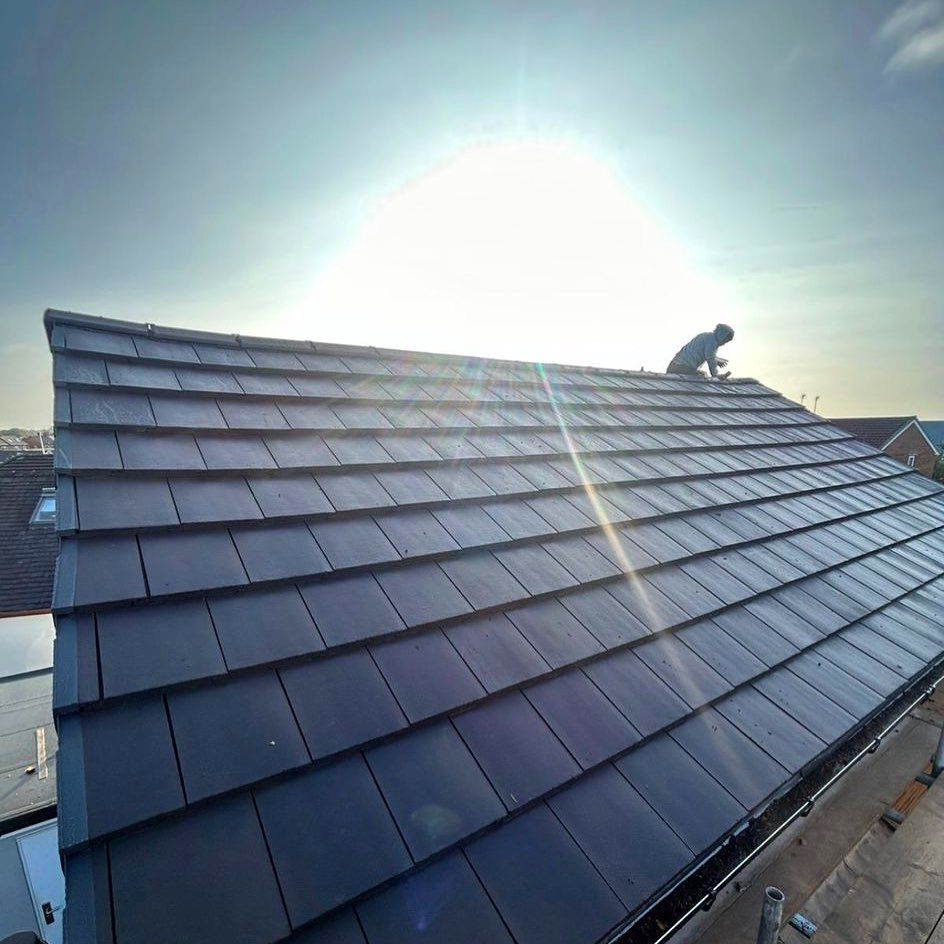The Impact of March Weather on Roofs in Chesterfield: Preparing for Rain, Wind, and Temperature Fluctuations
Hightop Roofers Chesterfield outlines as March unfolds, so does a myriad of weather changes, especially here in Chesterfield. With the transition from winter to spring, homeowners often find themselves facing a variety of weather patterns that can take a toll on their roofs. From heavy rains to gusty winds and temperature fluctuations, the month of March poses unique challenges for roof maintenance. In this blog, our roofers in Chesterfield will delve into how March weather can impact your roof and provide essential advice on preparing for these conditions to ensure your roof remains sturdy and secure.
March Rainfall: Protecting Against Water Damage
March showers may bring April flowers, but they can also bring water damage to your roof if it's not adequately prepared. Chesterfield experiences a significant amount of rainfall during March, which can exacerbate existing roof issues such as leaks and drainage problems. To safeguard your roof against water damage:
Inspect Your Roof: Conduct a thorough inspection of your roof to identify any existing damage or potential weak spots. Look for cracked or missing shingles, damaged flashing, and clogged gutters that can impede proper water drainage.
Repair Roof Leaks Promptly: Address any leaks or water intrusion promptly to prevent them from worsening. Seal cracks and holes, replace damaged shingles, and repair damaged flashing to ensure your roof remains watertight.
Clean Gutters and Downspouts: Clear debris from gutters and downspouts to ensure proper water flow away from your roof and foundation. Clogged gutters can cause water to pool on your roof, leading to water damage and structural issues.
Consider Roof Waterproofing: If your roof is prone to leaks or water damage, consider applying a waterproofing sealant to provide an extra layer of protection against moisture infiltration.
Gusty Winds: Securing Your Roof Against Wind Damage
March in Chesterfield can also bring strong winds that pose a threat to your roof's structural integrity. High winds can loosen shingles, lift roofing materials, and even cause trees or debris to impact your roof. To minimise the risk of wind damage:
Inspect and Secure Loose Shingles: Check for loose or damaged shingles and secure them with roofing cement or replace them as needed. Loose shingles are more susceptible to wind uplift and can compromise the integrity of your roof.
Trim Overhanging Branches: Trim back overhanging tree branches that pose a risk of striking your roof during high winds. Falling branches can cause significant damage to roofing materials and even puncture the roof surface.
Anchor Loose Roofing Materials: Ensure that roofing materials such as flashing, vents, and chimney caps are securely anchored to prevent them from becoming dislodged during strong winds.
Consider Wind-Resistant Roofing Materials: If you're planning a roof replacement or installation, consider choosing wind-resistant roofing materials designed to withstand high winds and severe weather conditions.
Temperature Fluctuations: Protecting Against Thermal Expansion and Contraction
March in Chesterfield often sees fluctuating temperatures as winter gives way to spring. These temperature variations can cause roofing materials to expand and contract, leading to issues such as cracked roof tiles, warped flashing, and compromised seals. To mitigate the effects of temperature fluctuations:
Ensure Proper Ventilation: Adequate attic ventilation is essential for regulating temperature fluctuations and preventing moisture buildup. Proper ventilation helps maintain a consistent temperature inside the attic, reducing the risk of thermal expansion and contraction of roofing materials.
Check Seals and Flashing: Inspect seals around vents, chimneys, and skylights for signs of wear or damage. Replace worn seals and repair damaged flashing to maintain a watertight seal and prevent water intrusion.
Schedule Professional Inspection and Maintenance: Consider scheduling a professional roof inspection and maintenance service to assess the condition of your roof and address any issues before they escalate. A qualified roofer can identify potential problems and recommend preventative measures to protect your roof against temperature fluctuations and other weather-related damage.
By taking proactive steps to prepare your roof for March weather conditions, you can minimise the risk of damage and prolong the lifespan of your roof. Remember to stay vigilant and address any issues promptly to keep your roof in optimal condition throughout the changing seasons. If you need assistance with roof maintenance, repairs, or inspections, don't hesitate to contact Hightop Roofers Chesterfield, your trusted roofing experts in Chesterfield.
You might also like


